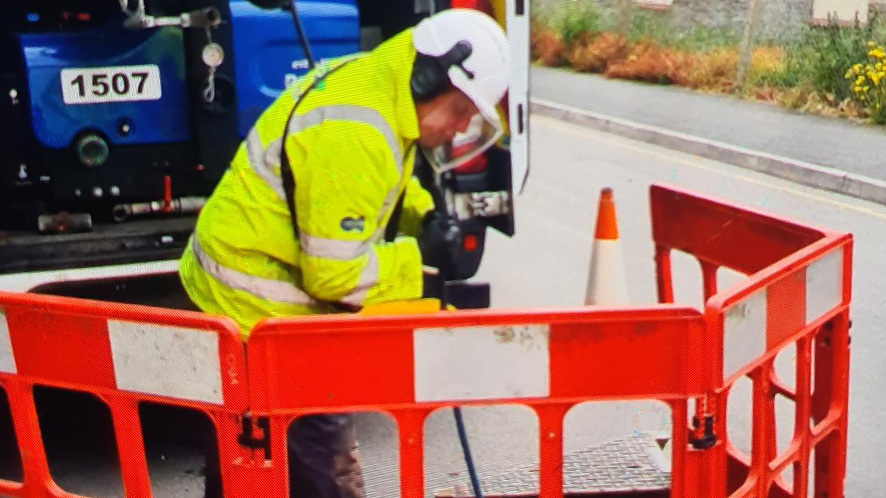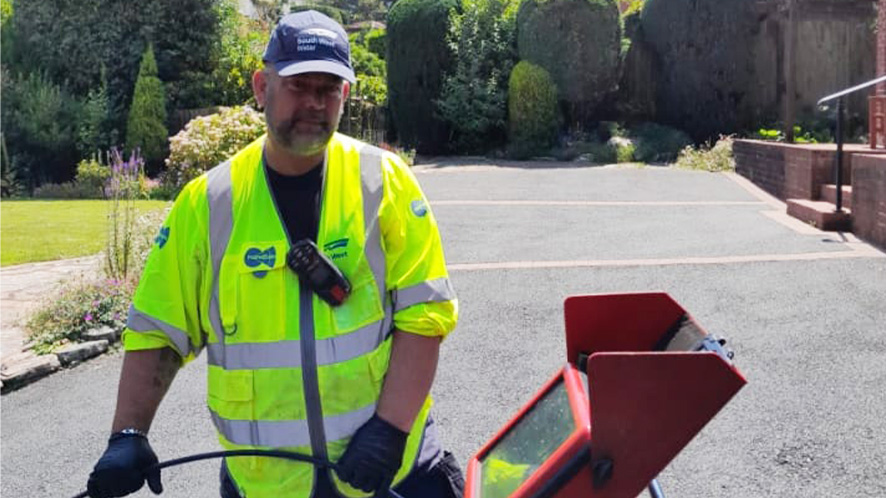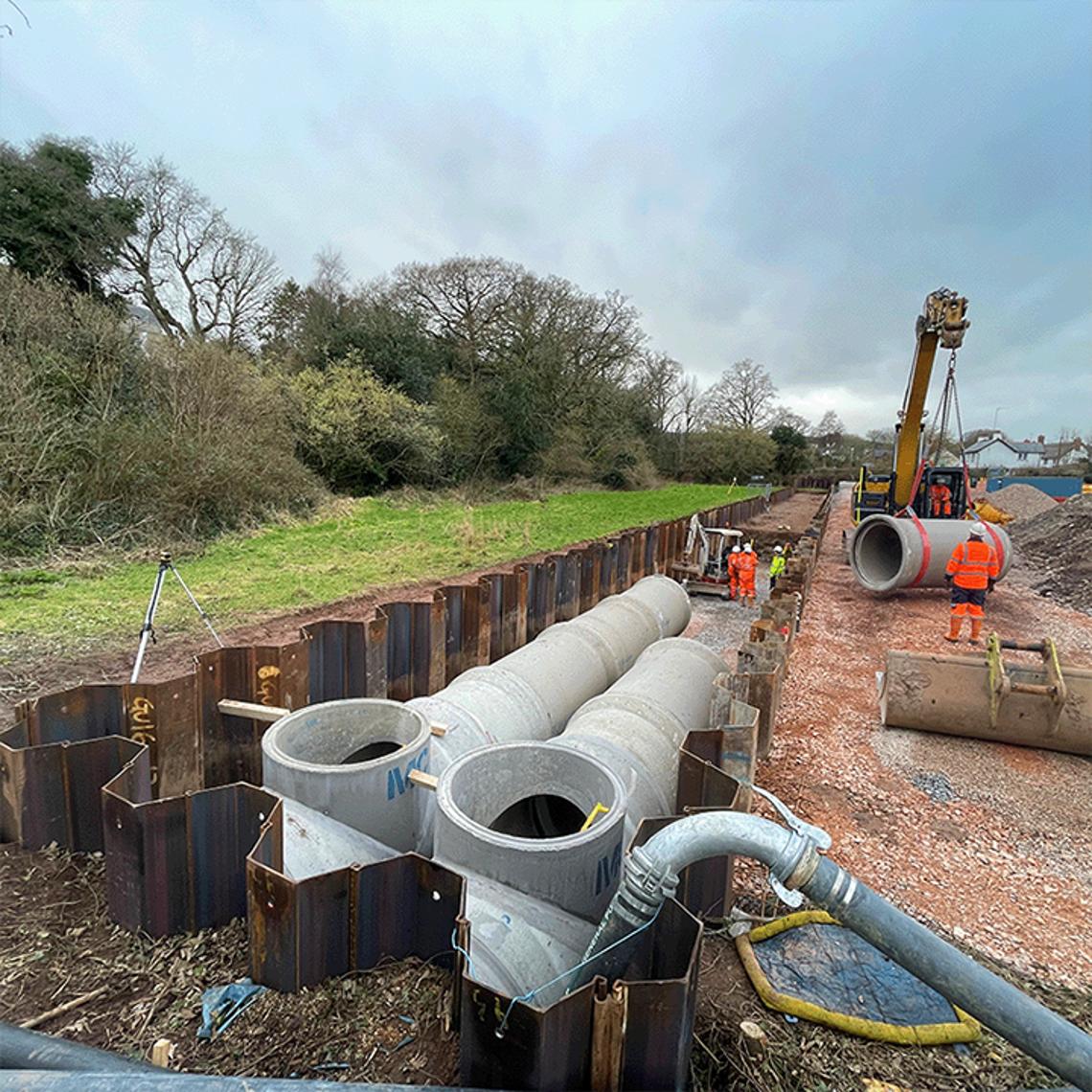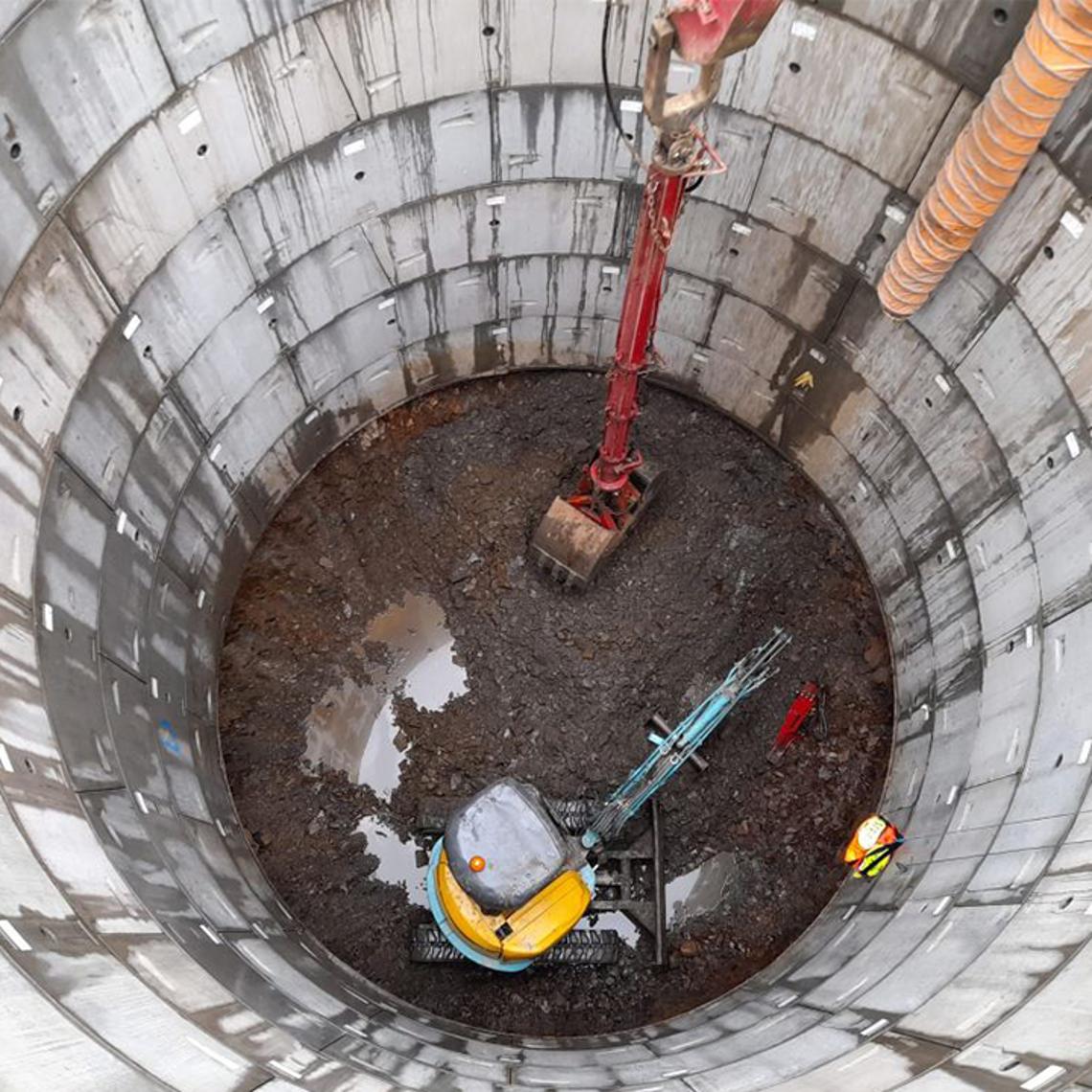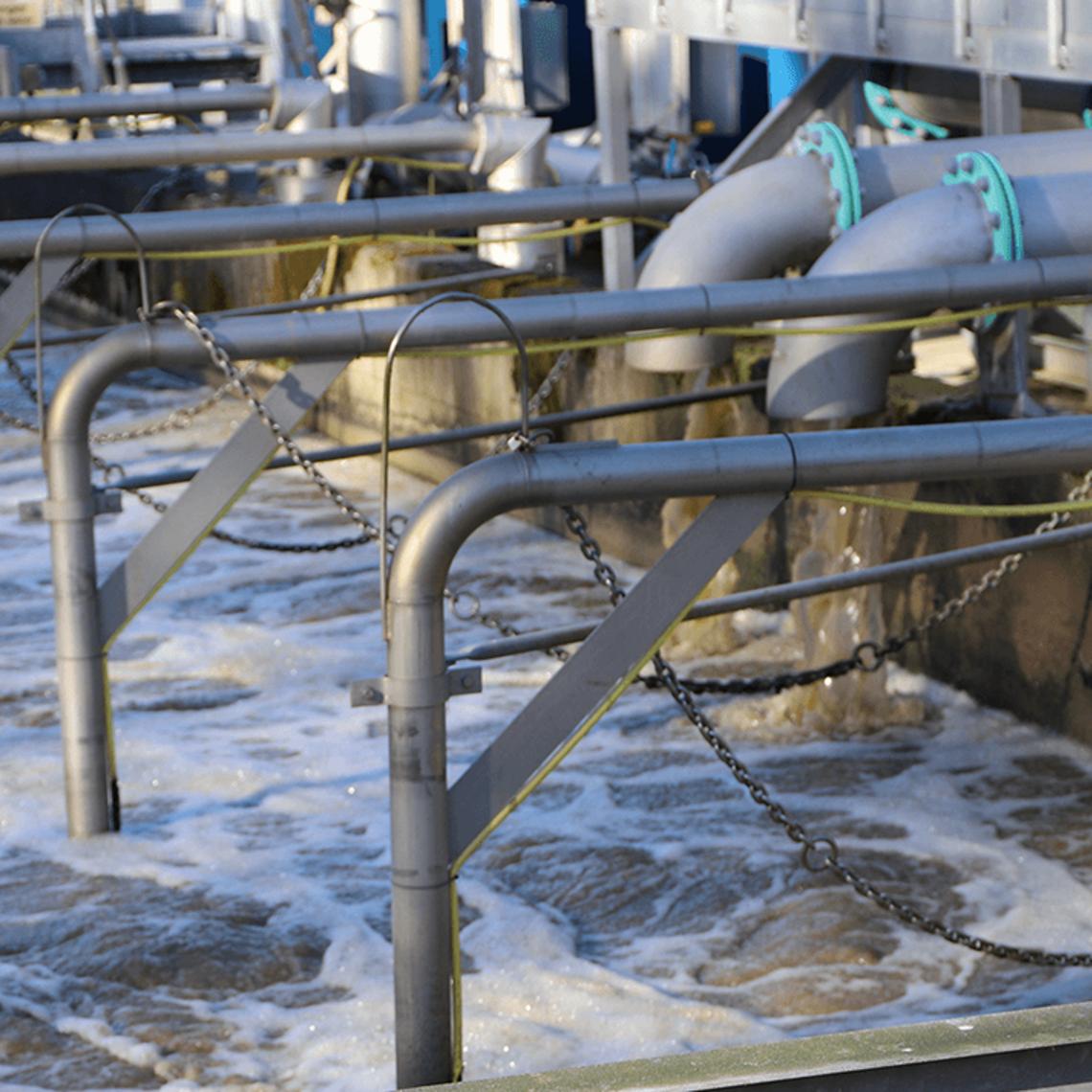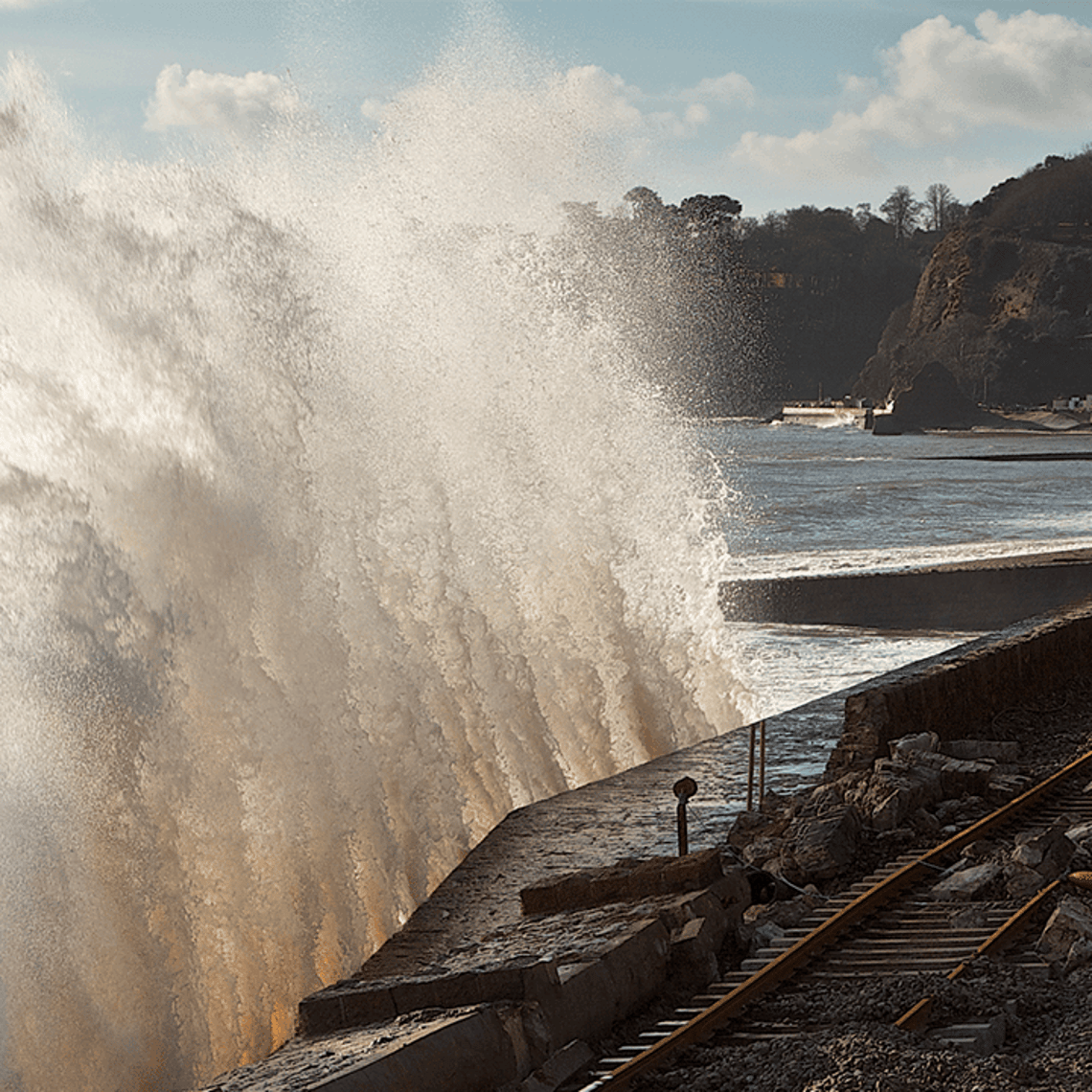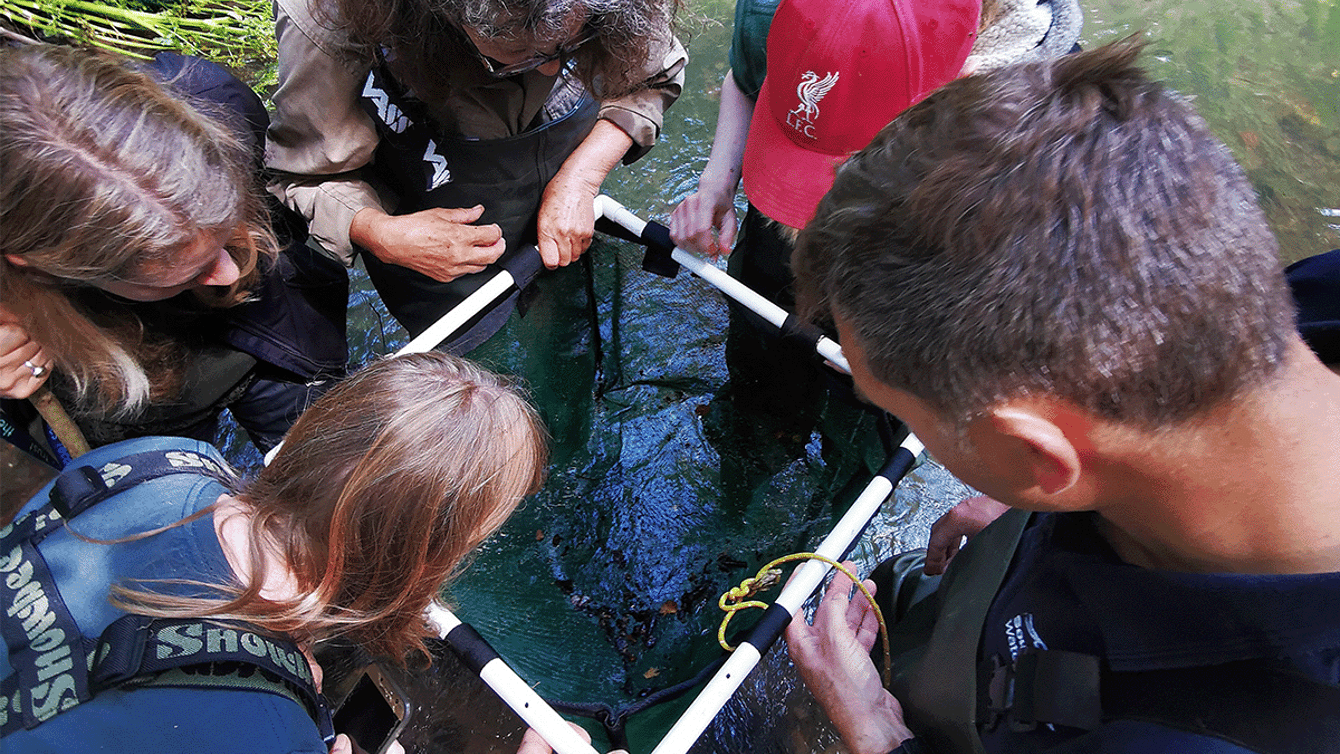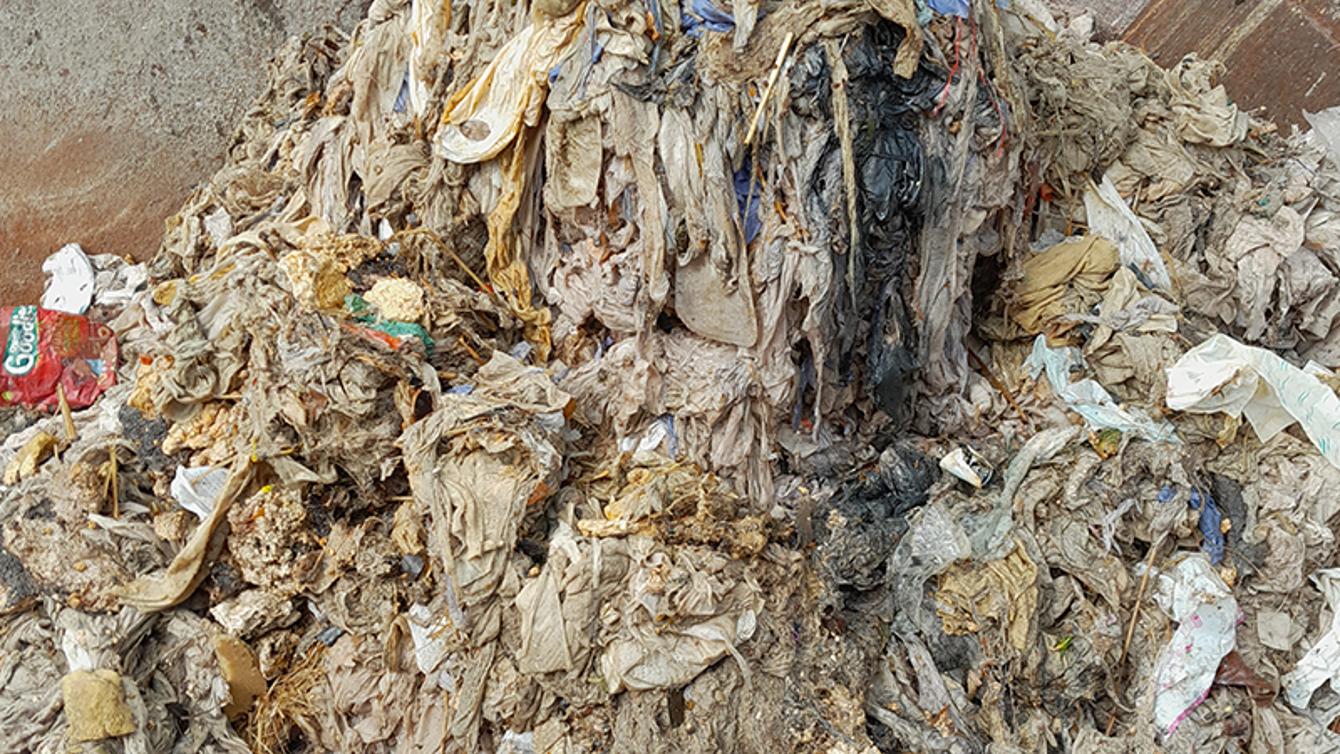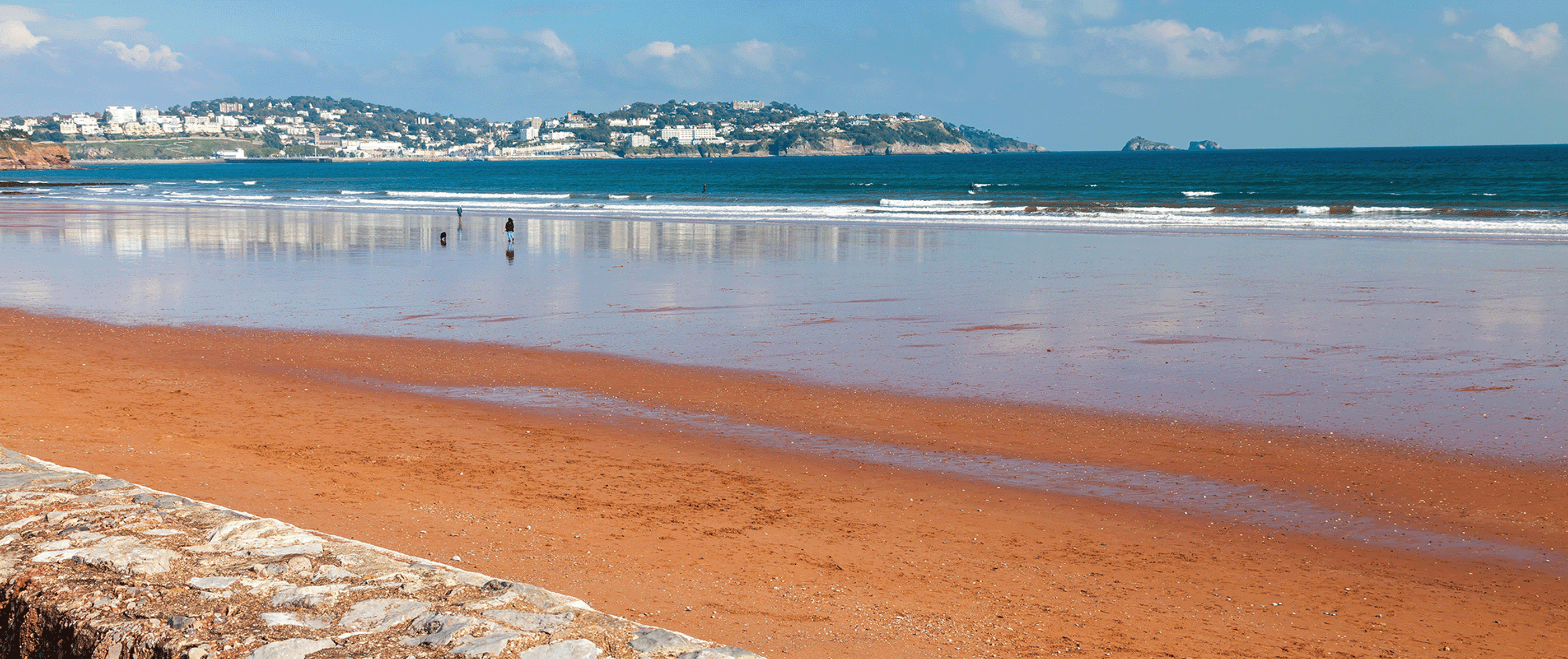
South Devon
Managing wastewater and protecting water quality
About the catchment
In this area there are 92km of rivers and streams as well as a coastline which includes 39 designated bathing waters and 8 designated shellfish waters.
Why do we have storm overflows?
Storm overflows act like safety valves on the wastewater network. When the system becomes too full (for example, after heavy rain), storm overflows release the excess. If they didn’t work, sewage would build up in pipes and flood into people’s gardens and homes.
We want to reduce the need for storm overflows to operate, which is why we’re investing record amounts into improving, expanding and upgrading our network to better cope with the volumes of wastewater it deals with.
How we’re reducing our reliance on storm overflows in this catchment
We are reducing our reliance on storm overflows by:
- Reducing the amount of rainwater and groundwater entering our system
- Slowing the flow of water through the environment
- Increasing our network’s capacity to store and treat flows
Our monitoring teams constantly review data being sent back to us from our EDMs, sewer level monitors, river water quality monitors, flow and pressure monitors and water samples. This constant data-gathering is fundamental to modelling our system and identifying areas for improvement.
For this catchment, this means:
Case study: Tree planting to save river banks
Slowing the flow of water through the environment
Ash trees between Buckfastleigh and Totnes have suffered greatly from ash die-back. So much so, that the South Devon railway had to cut a lot down. Unfortunately, this essential work led to a pontential risk of damage to the river bank. We have worked with them to provide advice (and trees) to restock the cleared area. The chosen tree species will help maintain the integrety of the river bank and the slow flow of water into the river. They will also bring many benefits to the biodiversity.
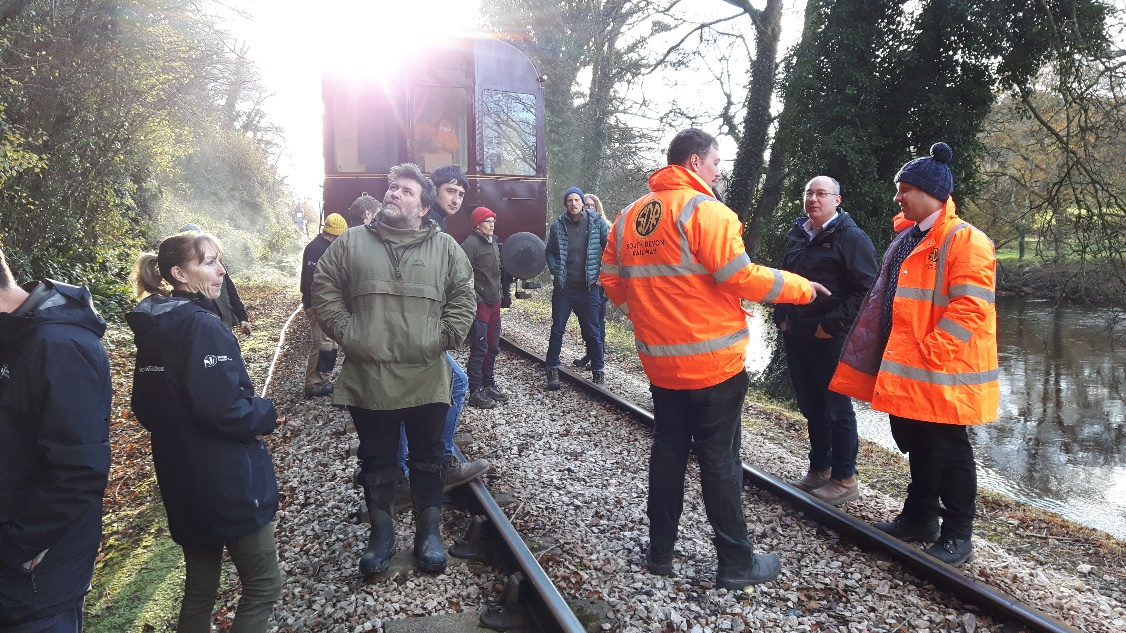
River health
We use the Environment Agency’s measures of river health to assess our impact on rivers. Ecological status of our rivers are at a national low (just 14% of rivers achieved Good in 2022).
Currently, in our area, 12% of Reasons for Not Achieving Good Ecological Status (RNAGs) are associated with our activity. We estimate that our investments into our storm overflows will reduce this to c.9% by 2025, and we aim to make further investment to reduce this to 0% by 2050.
There are a lot of other factors that impact the quality of river and coastal waters. The pie chart below shows what they were in 2023, and the percentage of RNAGs they caused.
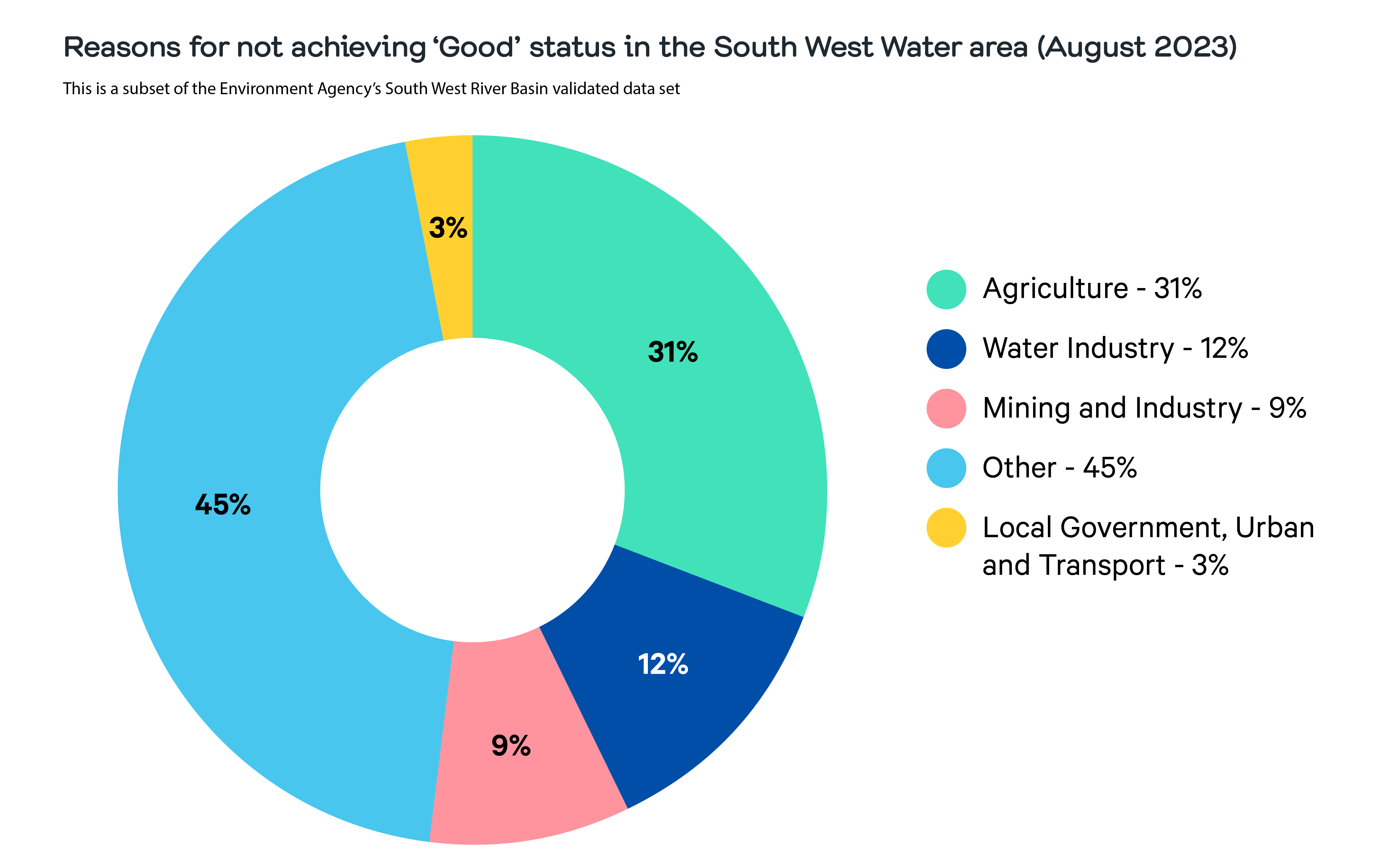
We work in partnership with others to improve water quality across our region and to help clean up the rivers in the South West.
The important role you play
A note for businesses
Areas of South Devon welcome up to 54.3% more people in the summer. This means it’s a hotspot for hotels, restaurants, and cafes. If you own a catering or food-related business, we’ve got some useful information just for you about using our sewers in the right way.
Living in and serving South Devon
Being a Wastewater Network engineer is being the face of the company, and Robert and John are passionate about the roles they play in customers’ lives. “Although we’re there to deal with the blockages, misuse and pollutions, we’re also there to support our customers when they are distressed, frustrated and sometimes tearful. We are there to help.”
“I love coming to work because I see work as a puzzle, and every day we are fixing a piece of the puzzle to keep our network working and the customers happy. It’s the service we provide day and night,” says John.
“We do our job because we enjoy our job,” agrees Robert, “but the blockages we attend are mainly caused by the incorrect disposal of fat and wet wipes down the sewers. You can help keep our network working by only flushing the 3Ps – pee, poo and paper.”
